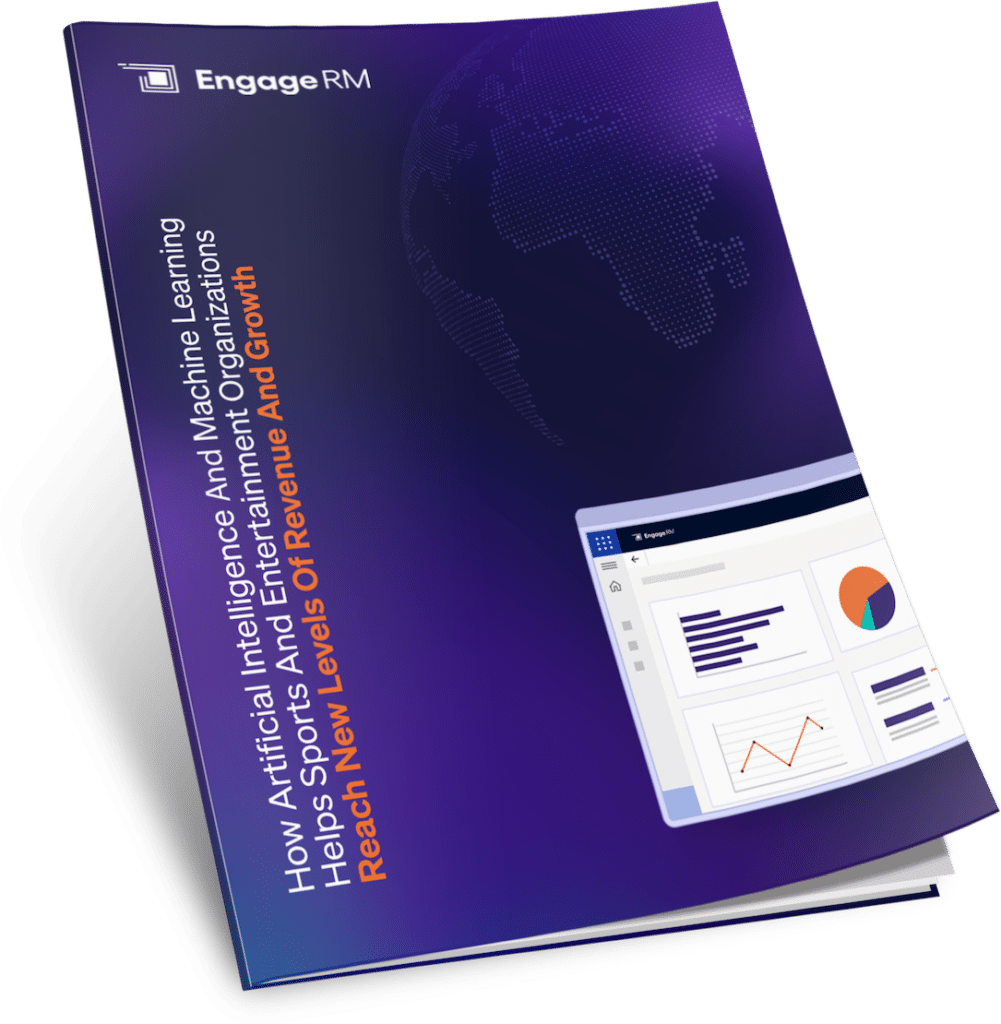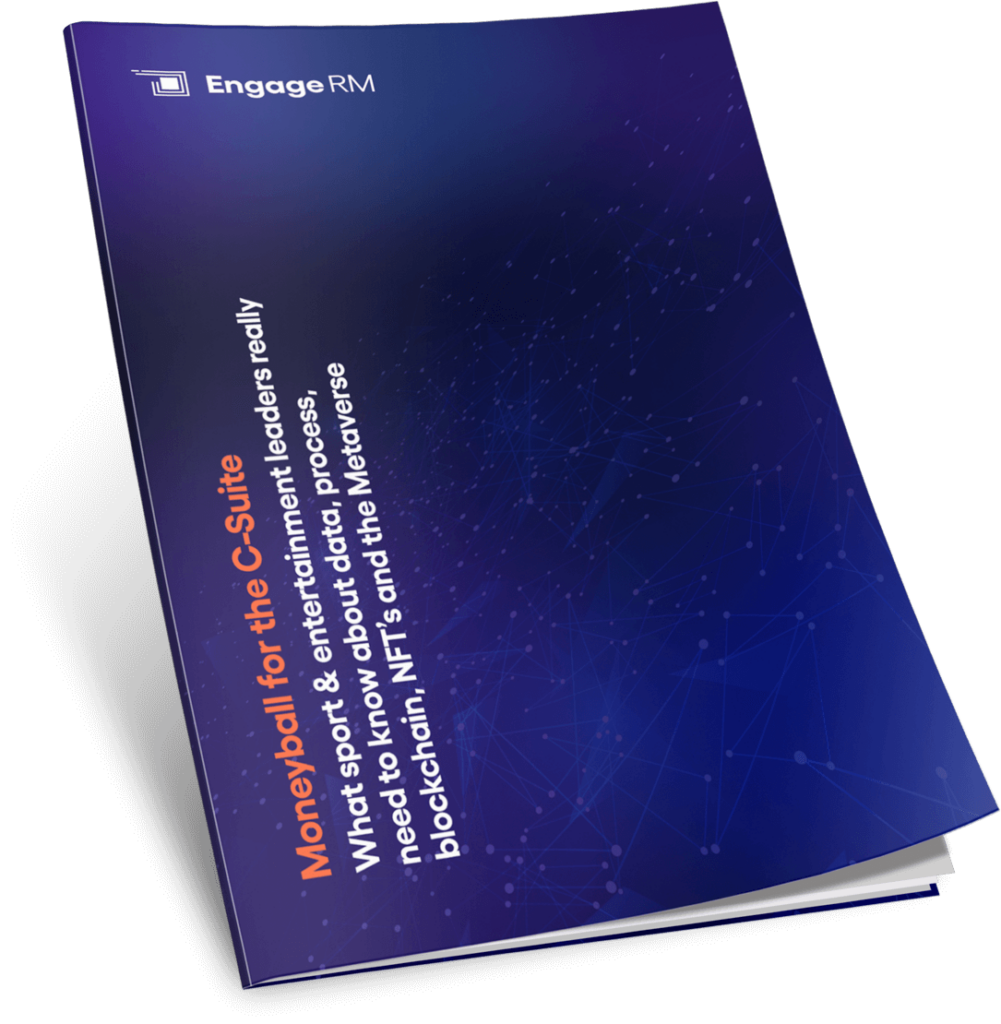AI Lessons from China: A Parallel Universe of Innovation | Part 4
25 March 2025
In late February 2025 at the American Australian Association in New York City, Brad Smith, President of Microsoft, shed light on Microsoft’s vision for AI in an interview with Australia’s ambassador to the United States, former Prime Minister Kevin Rudd.
I had the opportunity to be in the room for this discussion, gaining direct insight into Microsoft’s AI strategy and the broader implications for technology, business, and of course, the world of sport and entertainment.
It wasn’t just about the big picture of AI – what stood out to me was how these developments will impact real-world industries, including sports and entertainment. Speaking with others in the room, it became clear that AI’s role in shaping fan engagement, partnerships, premium service, sponsorships, and sports operations is only going to accelerate. Microsoft’s strategy, as outlined by Smith, provides a roadmap for how organizations – sports & entertainment included – should be thinking about AI today.
I found this conversation fascinating and thought others would also. As a result, I’ve created a Four-Part Series, partly assisted by AI, outlining what I consider to be the key points from this exchange and how it might affect business and sport. This article is Part 4.
—
China’s AI Strategy: A Parallel Universe of Innovation
China’s AI ecosystem is evolving at an unbelievable pace, creating what Brad Smith, President of Microsoft, describes as a “parallel universe” to AI development in the U.S. and the West. Despite operating behind the Great Firewall, China’s AI advancements mirror global trends in key areas—fast-followers, massive infrastructure investments, and domestic chip production.
What sets China apart? Speed and scale. While the U.S. and Europe focus on AI ethics and regulation, China is deploying AI at scale, with a particular emphasis on AI-driven robotics. This isn’t just about technology—it’s about reshaping entire industries, from manufacturing and logistics to healthcare and e-commerce.

China’s AI Evolution: A Mirror Image of the West
Despite facing restrictions on Western AI models and semiconductor technology, China has closed the gap fast. Smith outlined three key parallels between China’s AI ecosystem and that of the U.S.:
-
The Rise of Fast-Followers
China has mastered the art of rapid adaptation. Instead of leading foundational AI research, Chinese companies have narrowed the gap within months, replicating breakthroughs from Western AI firms.
Take DeepSeek and Baidu’s Ernie, China’s response to OpenAI’s GPT-4. These models don’t necessarily innovate in new ways—but they’re optimized for practical use cases and deployed at scale.
It’s a strategy that’s worked before. The smartphone industry saw the same pattern, with brands like Xiaomi, Oppo, and Huawei catching up to Apple and Samsung in record time. AI is no different.
-
Large-Scale Infrastructure Investments
China is making massive bets on AI infrastructure, just like the U.S.
- AI data centers rivaling those of Microsoft, Google, and Amazon.
- Supercomputing clusters built specifically for AI training.
- Cloud-based AI platforms powering applications across finance, healthcare, and e-commerce.
The difference? AI isn’t just a corporate initiative in China—it’s a national priority, embedded in the country’s Five-Year Plans to fuel economic growth.
-
Domestic Chip Development
With U.S. sanctions limiting access to Nvidia’s AI chips, China has had to build its own semiconductor industry. Companies like Huawei and SMIC are leading the charge, working on homegrown AI chips to reduce dependency on Western tech.
China still lags behind in high-performance semiconductors, but it’s focused on alternative AI architectures and cost-efficient hardware to keep its AI ecosystem running—sanctions or not.
China’s Strength: Speed & Scale in AI Adoption
One of China’s biggest advantages? Speed.
Western companies often perfect AI models before deploying them. China? It deploys first, iterates fast, and scales immediately.
Examples?
- AI-powered surveillance is already widely used for security and traffic management.
- AI-driven e-commerce personalizes shopping experiences in real time.
- AI in healthcare is automating diagnostics and streamlining patient management.
While the West debates the ethics of AI, China is already rolling out large-scale applications.
This pragmatic, results-driven approach is exactly why China is becoming a global leader in AI-powered robotics.

China’s Leadership in AI-Driven Robotics
Smith made one thing clear: China isn’t just developing AI models—it’s integrating AI with robotics at scale.
This is driven by two key factors:
-
Aging Population & Workforce Decline
China is facing a serious demographic challenge—its workforce is shrinking due to low birth rates and an aging population.
To fill the gap, China is aggressively investing in AI-driven automation and robotics to maintain productivity.
Industries feeling the impact?
- Manufacturing – AI-powered factories with automated robots.
- Healthcare – AI-assisted elder care and robotic nursing assistants.
- Logistics – AI-driven warehouses, self-driving delivery fleets, and drone logistics.
Japan faces similar workforce challenges, making China and Japan the two global leaders in AI-powered robotics.
-
Electronics & Hardware Expertise
Unlike the U.S., which focuses more on AI software, China is integrating AI with hardware, creating:
- AI-powered industrial robots that work in high-risk environments.
- AI-driven consumer electronics delivering personalized experiences at scale.
- Autonomous delivery and transportation systems, using real-time AI decision-making.
China’s dominance in electronics manufacturing gives it an edge—it can build and integrate AI-powered robotics faster than anyone else.
Smith predicts that Chinese and Japanese AI-powered robotics will expand globally, reshaping industries from healthcare to logistics.
Final Thoughts: What the West Can Learn from China’s AI Strategy
Brad Smith’s insights on China’s AI evolution aren’t just about competition—they’re about understanding a different approach to innovation.
Key takeaways:
- Fast-followers can disrupt AI markets by rapidly adapting and improving existing models.
- Massive AI infrastructure investments are essential for long-term leadership.
- Hardware integration with AI (robotics) is just as critical as software advancements.
- Rapid AI adoption fuels economic growth—waiting for “perfect” models slows progress.
The U.S. and Western nations may lead in AI research, but China’s ability to scale AI quickly, integrate it with robotics, and apply it to real-world challenges means it will remain a major AI powerhouse.
The same principle applies to AI-driven businesses like EngageRM—the companies that focus on real-world impact, not just theoretical advancements, will be the ones that define the future.
—
Next Steps
This is Part 4 of the series. Previously, we have posted:
- Part 1: Microsoft’s AI Strategy – CoPilot, AI Infrastructure, and the Fast-Follower Challenge
- Part 2: How AI is accelerating scientific breakthroughs
- Part 3: AI and the Future of Work – A Measured Transformation
—
About Brad Smith
Brad Smith has been President of Microsoft since 2015, leading the company’s legal, regulatory, and AI policy strategies. A lawyer by training, he has played a key role in Microsoft’s cloud computing, cybersecurity, and AI governance initiatives. He has been instrumental in forming Microsoft’s strategic AI partnerships, particularly with OpenAI, and is a leading advocate for responsible AI regulation.
About EngageRM
EngageRM is a global leader in sports and entertainment technology, delivering AI-powered CRM solutions that help the world’s biggest leagues, teams, venues, and organizations drive commercial success, streamline operations, and build deeper fan connections.
Built on Microsoft Dynamics 365, EngageRM transforms the way sports and entertainment organizations operate—turning data into action, automating key processes, and unlocking new revenue opportunities through cutting-edge AI-driven insights.
A Trusted Partner in Global Sports & Entertainment
EngageRM is embedded in the global sports ecosystem, working with top leagues and teams across the U.S., Australia, and Europe, including the biggest names in Major League Baseball (MLB), the National Football League (NFL), the National Basketball Association (NBA), the National Hockey League (NHL), Premier League (PL), Australian Football League (AFL), and Major League Soccer (MLS).
By integrating AI and automation into sports & entertainment management, EngageRM helps organizations optimize sponsorships, enhance commercial strategies, and create unforgettable fan experiences—all while making day-to-day operations smarter and more efficient.
Microsoft Partnership: AI-Powered Innovation
EngageRM is Microsoft’s No. 1 Global ISV (Independent Software Vendor) Partner in Sports & Entertainment – a recognition that reflects its leadership in AI-driven CRM and data solutions.
Leveraging Microsoft Dynamics 365, Power Platform, and Azure AI, EngageRM ensures that sports and entertainment organizations stay ahead of the game. From predictive analytics and automated workflows to real-time fan insights, EngageRM enables its partners to make better decisions, grow revenue, and build stronger fan engagement.
With a proven track record of delivering business impact through AI, EngageRM is shaping the future of sports and entertainment technology—helping organizations work smarter, sell more, and engage fans like never before.









